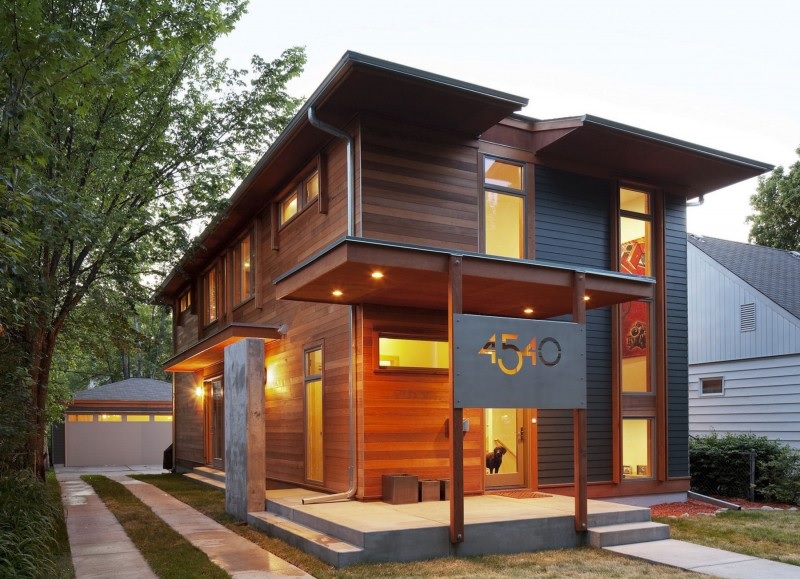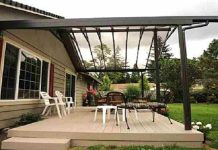The environment is still a pretty big deal, especially among homeowners who wanted nothing more than to do their own share of protecting the planet. After all, this is one issue that has to involve the collective efforts of individuals, and not just government actors.
For this reason, it’s always best to start an environmental movement from one’s own backyard – or home, for that matter. When one household decides to make a difference in the world, the whole neighborhood with eventually follows suit.
It all starts with how you make your home energy efficient. Greenhouses gases are the primary drivers of climate change, and this has always been the result of high energy consumption among millions of houses. In this sense, you can do your part to stymie the production of greenhouse gases by making the right changes to how your family consumes energy around the house.
Here are some tips to consider that will help you secure and maintain a more energy-efficient home.
- Change your bulbs
This has to be the most basic of all approaches to energy efficiency. If your home has been around for decades and its lighting has not been upgraded since then, opt to have your bulbs replaced with CFLs or LEDs. One thing’s for sure, outdated bulbs don’t only consume more energy, they also pose a significant fire hazard. So, make sure to check your electrical connections and check any signs of a short circuit as well.

- Replace old appliances
Modern appliances are now fitted with energy saving features, are longer lasting, and are less likely to cause contamination around the house. Refrigerators, for instance, have since been updated with less toxic refrigerants. Old models tend to leak freon, while the more recent ones are known to reduce your carbon footprint by a significant amount. Although it’s a large investment to make, buying new appliances can cut energy consumption, allowing you to secure a more environmentally-friendly home.
- Increase insulation
Without a doubt, intuitive prefab homes not only affordable, they are also known to be more environmentally-friendly than those constructed from the ground up. This is due to the fact that these homes are manufactured with proper insulation, allowing for better temperature control during hot or cold weather.
This would also explain why these types of homes tend to get bigger government tax breaks compared to on-site constructions. Still, it’s possible to replicate the energy-efficient technology of manufactured homes to your current home. It’s only a matter of restricting airflow and preventing heat from escaping through small gaps and cracks. Sealing gaps in your windows and doors can also help in avoiding frequent adjustments to the thermostat.
- Unplug unused appliances
Many people tend to go out without taking notice of the appliances that remained plugged in, such as the TV and the wi-fi modem. And although they are switched off, they still consume a considerable amount of energy as long as they are connected to the sockets. Sure, it’s a tedious thing to do, but the simple act of unplugging all unused appliances especially if you’ll be out for a long time can help you avoid unnecessary wastage and prevent a possible fire hazard.
- Install solar panels
Sustainability is always a principle you wouldn’t want to overlook. After all, to achieve a more energy-efficient home, you will need to have a constant and natural source of energy to run your home. In this case, installing solar panels is one way to help you generate electricity without having to contribute to overall energy consumption. This enables you to use less power from the main transmission lines, thus lowering your dependency on fossil fuels.
- Stay informed
New eco-friendly technologies are being introduced year by year, providing consumers with alternatives to using outdated approaches. Research and innovation still continues as the tech and electronics industries are focusing more on promoting sustainability through eco-friendly product offers. It’s only a matter of knowing about these products and considering their impact on the environment. As a steward of the environment yourself, you will need to understand these new technologies and see if you can adopt them in the household. Once you have done your part, you can expect the rest of the community to do theirs.









